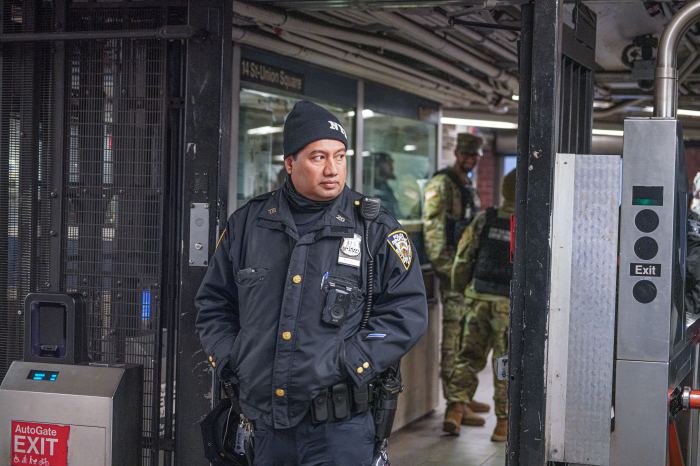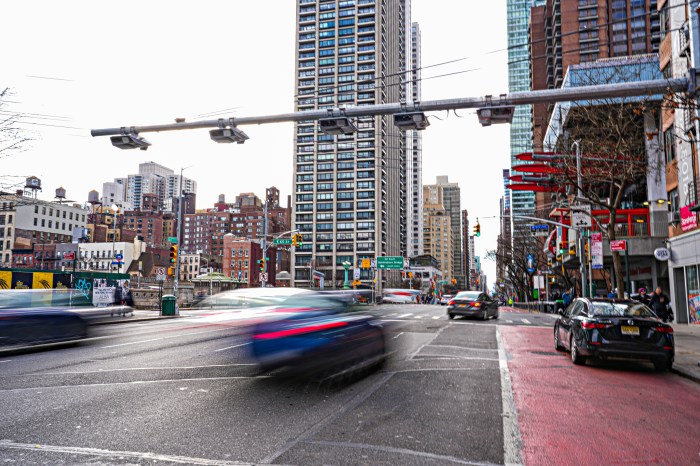
Despite a week of jabs, transit advocates are confident that the city and the state-run MTA will collaborate to bring substantive alternatives to the L train during its impending shutdown in 2019.
“I’m optimistic. Everybody recognizes the serious hardship for riders ahead,” said Nick Sifuentes, Deputy Director of the Riders Alliance, “and the cooperation needed to help.”
The MTA announced last week that it had decided between two shutdown options to make critical Hurricane Sandy-related repairs to the train’s Canarsie Tunnel. A 36-month closure that maintained 20% of L service was nixed in favor of an 18-month service shutdown to and through Manhattan.
After months of deliberation among the public, the agency said that riders preferred the 18-month option—an approach that would also give the MTA the least operational challenges, according to the agency.
But shortly after the decision, Deputy Mayor Anthony Shorris issued a statement criticizing the MTA for not finalizing commute alternatives ahead of the announcement. Mayor Bill de Blasio took the baton on WNYC’s The Brian Lehrer Show Friday.
“This decision—although I’m sure it has a practical, underlying rationale—announcing it without a plan to deal with the impact is troubling to me,” de Blasio said. “It’s a long time. And we’re certainly going to push hard to see—does it really have to be so long? Is there any other way to go about this?”
Beth DeFalco, MTA’s communication director, pushed back on Twitter that day. She wrote that the city’s Department of Transportation had been consulted about the decision before the MTA’s announcement. It “had no issues” and “raised no red flags,” she wrote.
“Why Now?” she asked, capping the Tweet with “#politics #pandering.”
De Blasio’s DOT and Gov. Andrew Cuomo’s MTA will have to work together to deliver many of the discussed L train service alternatives, like dedicated bus lanes over Williamsburg Bridge, more bike infrastructure or the conversion of the 14th Street into a busway.
“If businesses and residents are going to get through 18 months without the L train, both the MTA and the DOT must take extraordinary steps to keep passengers moving along its route,” said Manhattan Borough President Gale Brewer in a statement. “That has to include seriously considering some kind of closure of 14th Street to speed up crosstown bus service.”
De Blasio said on WNYC that he was open to exploring the idea.
“The mayor is in the driver’s seat and can put forth a blueprint for a true 21st century transit corridor,” said Paul Steely White, executive director at Transportaion Alternatives, on the group’s PeopleWay proposal for 14th Street. “The governor may control the subway and buses, but the mayor is the one who could turn lemons into lemonade.”

































